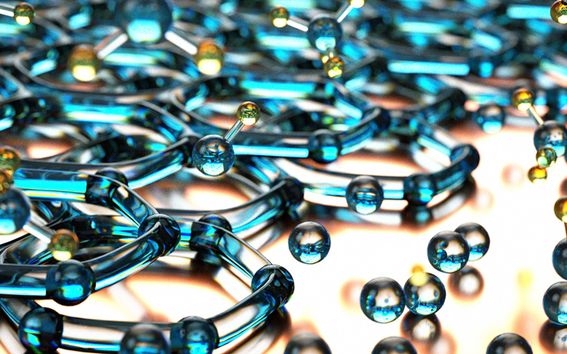From BEC to complex condensation phenomena in two-dimensional photon gases

When
Where
Event language(s)
Abstract:
In contrast to Planck's black body radiation, photons can undergo Bose-Einstein condensation if the thermalization process is limited to two components of the photon k-vector. Such a scenario can be realized in effectively two-dimensional photon gases in optical microcavities, as demonstrated nearly 15 years ago [1]. The first part of my talk will introduce key physical principles, experimental techniques, and significant experimental results related to this phenomenon over recent years. In the second part of this presentation, I will cover condensation phenomena in complex potential landscapes. These potentials can be created by various means, such as nanostructuring the mirror surface [2] or altering the index of refraction of the optical medium [3]. More intricate potential landscapes, particularly those that include lattice structures, can serve as analog simulators for solid-state physics phenomena, including simulations of classical spin systems [4,5]. More broadly, these systems can reveal complex, not necessarily equilibrium-based, condensation phenomena in two-dimensional photon gases [6] and can serve as a versatile platform for conducting highly controlled quantum mechanical experiments beyond condensation phenomena.
References
[1] J. Klaers, J. Schmitt, F. Vewinger, and M. Weitz, Nature 468, 545 (2010)
[2] C. Kurtscheid, D. Dung, A. Redmann, E. Busley, J. Klaers, F. Vewinger, J. Schmitt, M. Weitz, Europhys. Lett. 130, 54001 (2020)
[3] D. Dung, C. Kurtscheid, T. Damm, J. Schmitt, F. Vewinger, M. Weitz, and J. Klaers, Nat. Photon. 11, 565 (2017)
[4] K.P. Kalinin, N.G. Berloff, Sci. Rep. 8, 17791 (2018)
[5] M. Vretenar, B. Kassenberg, S. Bissesar, C. Toebes, J. Klaers, Phys. Rev. Res. 3, 023167 (2021)
[6] M. Vretenar, C. Toebes, J. Klaers, Nat. Commun. 12, 5749 (2021)